Smarter smartwatches: can you trust wearable technology health checks to save your life?
Smartwatches are adding new features that could check your heart, lungs and potentially save your life, but the new health checks come with warnings.
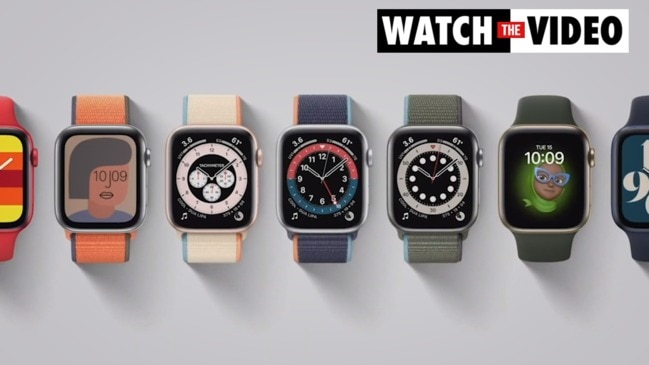
SmartDaily
Don't miss out on the headlines from SmartDaily. Followed categories will be added to My News.
The device on your wrist used to just tell the time. If you were lucky, it might show the date.
But some watches are now advanced, wearable computers, with independent internet connections, speakers, microphones, and sensors to track your every step, workout, nap, and fall.
And this year’s models are taking their health-tracking to a new level. Additional sensors in some devices will now assess your breathing, check your stress, record your skin temperature and, for the first time, monitor your heart rhythm for signs of a condition that could lead to strokes and blood clots.
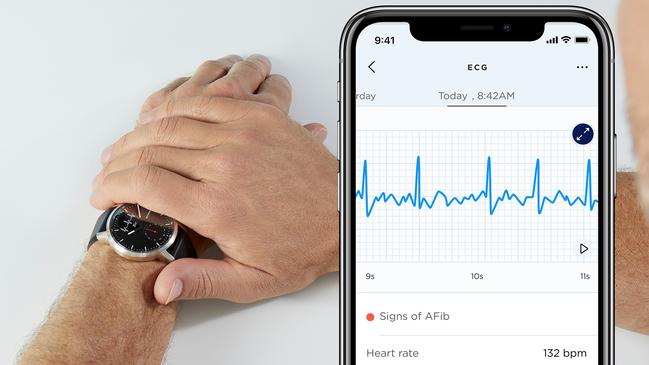
But while health officials say these devices are exciting and could “increase consumer health awareness,” they also warn no smartwatch can replace a medical professional.
French firm Withings will today become the first company to release a device with an electrocardiogram approved for use in Australia.
The heart health feature uses three electrodes — two on the back of the watch and another on the front — to record a user’s heart rhythms and plot them on a graph.
And, like other medical devices, Withings had to apply for approval from Australia’s Therapeutic Goods Administration to launch the technology, which ScanWatch product manager Maxime Dumont said it received one month ago.
“What we want to do with ScanWatch is detect symptoms with clinical validation and with medical performance without having the discomfort of spending a night in the hospital,” he said.
“The electrocardiogram with the watch is not as precise as an electrocardiogram in hospital … but we can actually detect signs of atrial fibrillation with great reliability.”
Atrial fibrillation, or AFib, is an irregular heart rhythm that can go unnoticed in its early stages, but can lead to blood clots, strokes, or heart failure.
Electrocardiogram technology also features in the latest smartwatches from Apple, Samsung and Fitbit, but none have received medical approval to use the technology in Australia.
Heart Foundation risk reduction manager Natalie Raffoul said the development of smartwatch ECG technology was promising, particularly because atrial fibrillation was known to cause “a third of all strokes in Australia”.

But she said potential users should check if their ECG smartwatch had been approved for use before buying it, and should always consult a doctor for a medical diagnosis.
“It’s important to note that findings from these devices with ECG capability should always be interpreted and discussed with a medical professional in the context of a person’s overall health,” she said.
“A GP is best placed to clinically assess a person’s health, co-ordinate and follow up any tests, and provide consistent, ongoing care and management.”
The Withings ScanWatch and many rival devices also add Sp02 sensors this year to rate oxygen levels in users’ blood — a smart addition during the spread of a respiratory disease.
Fitbit Australia regional director Shaun Colligan said the feature, available in its Sense smartwatch, could also detect signs of sleep apnoea; a potentially serious condition in which breathing abruptly stops and starts.
While nightly oxygen readings shouldn’t be used by wearers to diagnose themselves, he said, data collected by the new device could help doctors.
“Most people will visit their GP maybe once or twice a year so the GP gets a very narrow window to understand what’s going on with you,” he said.
“With a health report (from Fitbit), they can get a look at you over a 30 or a 90-day period and get a much more informed picture of your health, from your sleep patterns to your heart rate.”
Forestlyn chief marketing officer Lucy Lin said she was now using her fifth Fitbit device after recently purchasing a Charge 4 to monitor her sleep, track her steps, and check her heart rate during runs.

“I was sleeping really badly and I wanted to see whether there were any patterns, whether I was waking up in the middle of the night, and that’s been really useful to understand,” she said.
While working from home, Ms Lin said she also made a commitment to take 10,000 steps every day and is using her smartwatch to ensure she keeps it.
“I make sure I’m hitting that milestone, and I can see how many steps I’ve taken today, how that compares to last week, and last month,” she said.
“It’s been a good insight for me and it’s been keeping me accountable and moving even though it’s been a stay-at-home kind of year.”
FIVE FRESH HEALTH-TRACKING SMARTWATCHES
Withings ScanWatch ($479-$499):

Many have tried but Withings is the first to launch an electrocardiogram smartwatch monitor approved for use in Australia. The ScanWatch has the appearance of a traditional timepiece but will scan for irregular heart rhythms, check users’ blood oxygen levels, monitor their pulse rate, and record activity and sleep. It also promises up to 30 days of use on a single battery charge, though it may only last a couple of weeks if you use its advanced features often.

Fitbit has added a lot more sensors to the body of its latest smartwatch, which can now measure the oxygen level in your blood, track your skin temperature, look for signs of stress, and deliver high and low heart-rate alerts. Naturally, it also tracks wearers’ steps, incline, workouts, calorie burn, and sleep as its predecessors did, and comes with six months’ access to Fitbit Premium for greater detail of your exploits.
Apple Watch Series 6 (from $599):
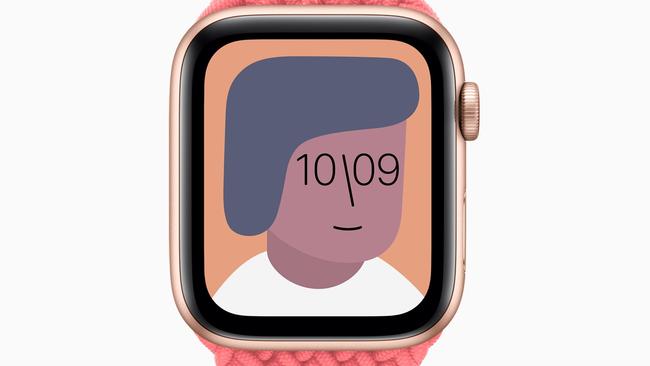
Apple is hard to beat in the wearable tech game for its blend of alerts, built-in apps, connectivity, and health-tracking. It adds more to the latter category this year by tracking users’ blood oxygen levels in a 15-second scan. It also features inventive heart-rate features, like alerts and post-exercise tracking, is available in several varieties and with its own 4G connection, but its ECG feature isn’t approved for Australian use yet.
Samsung Galaxy Watch3 ($649-$999):
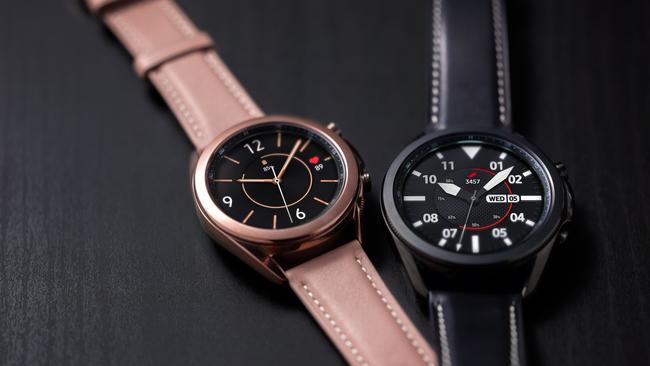
Samsung brought in a new feature (blood oxygen sensor) and brought back an old favourite (that rotating dial around the screen) to win over buyers to its Galaxy Watch3. The body of this smartwatch is also slimmer and lighter, can detect falls and call for help, will let you answer calls and respond to messages on your wrist, and is available in two sizes and with an independent mobile connection.
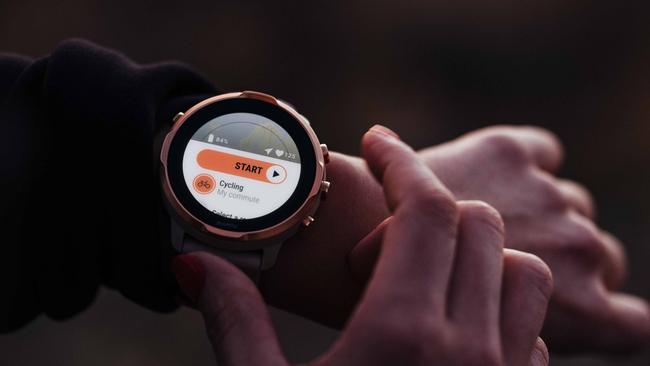
One of few smartwatches with Google’s Wear OS software, the Suunto 7 combines its smart features with comprehensive sport-tracking in a comfortable design. This smartwatch is primed to record your every move in 70 exercise modes, can show you the most popular running, cycling, swimming or hiking maps near you, and will also deliver notifications, contactless payment, and access to the Google Assistant.
Originally published as Smarter smartwatches: can you trust wearable technology health checks to save your life?

